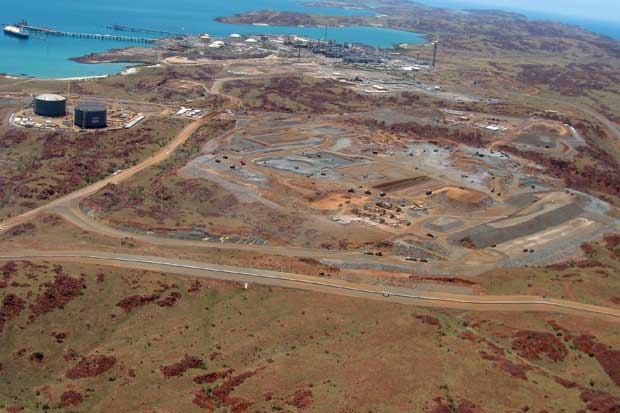When the Islamic State released videos proudly advertising the destruction of Assyrian artifacts in a museum in Nineveh, it was met with international outrage.
The calculated destruction of the cultural and religious heritage of various minority groups within the Islamic State’s sphere of influence has been met with almost as much attention as their war crimes. When it comes to Iraq, a decapitated statue stands almost equal to a decapitated human as a marker of barbarity.
The angry response to such destruction of history is an acknowledgement of the importance of material culture to the identity of marginalized groups, and indeed more generally.
Such destructive impulses, rather than indicative of a peculiar savagery, are part and parcel of nationalist projects that seek to purify themselves through erasure of the material evidence of a complex past.
The onward and upward impulses of modernity have always built upon the ashes of other peoples’ idols. Yet even as such an acknowledgement is made, its implications are ignored far closer to home.
According to the New South Wales office of the Environment and Heritage, in a single year between June of 2012 and June 2013, over 99 applications for destruction of sites of Aboriginal heritage were considered.
All were approved.

The Burrup Peninsula, which is home to a mass of artwork and archaeological remains, many of which are far older than the Assyrian empire, was recently deregistered as a sacred site, paving the way for development.
The destruction of Indigenous material culture to make room for streets, houses and refineries may be the most obvious trend of this cultural erasure, but it is far from the only one.
The theft of Indigenous artifacts, including the macabre trade in human body parts is often viewed as an unmentionable happening deep in Australia’s past, yet the alleged theft of carvings from Burrup and the rumors published in the Sydney Morning Herald about deceased ‘amateur archaeologist’ Grahame Walsh would seem to indicate otherwise. It has now become common practice to not list or signpost significant sites because of the very real threat of theft or vandalism.
Furthermore, the trade in mimicries of Indigenous art by white artists is an immense industry, one that often completely sidelines the people upon whose work it is based.
Aboriginal cultural heritage is bought and sold in a manner which often ignores both its ongoing cultural significance and the people to whom it matters most.
If the percentage of Aboriginal organisations allocated funding in heritage is anything like that of the ‘Indigenous Advancement Scheme’ then even that is a part of an ongoing erasure.
Neglect, vandalism and development have all exacted a vicious toll on Aboriginal sacred sites. Yet the same processes that underpin that destruction are not confined to artifacts, they are also applied to Indigenous peoples themselves.
Assimilationist policies, theft of children, military intervention and forced relocation have by no means ended, and continue historical processes which ultimately sever Aboriginal peoples’ connections to land and heritage.
The commemoration of Anzac last month has formed part of a nation building exercise, and the language of ‘heritage’ pervaded conversations about Australia’s military past. If Anzac shows us what we want to remember, what does the steady erasure of Aboriginal culture and language say about the things many Australians would rather forget?
The same imperatives underpin both Islamic State and white Australian annihilations of culture, yet one is far more readily recognized than the other.
The problem with the destruction of Assyrian artifacts by a group engaged in a war against Assyrian people is apparently obvious to all and sundry, yet the problem with the destruction of Aboriginal artifacts by a country whose military ‘interventions’ and centuries of discrimination is ongoing is yet to gain widespread attention.
That needs to change.
Donate To New Matilda
New Matilda is a small, independent media outlet. We survive through reader contributions, and never losing a lawsuit. If you got something from this article, giving something back helps us to continue speaking truth to power. Every little bit counts.



